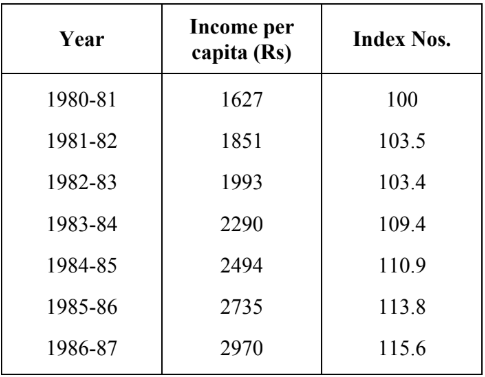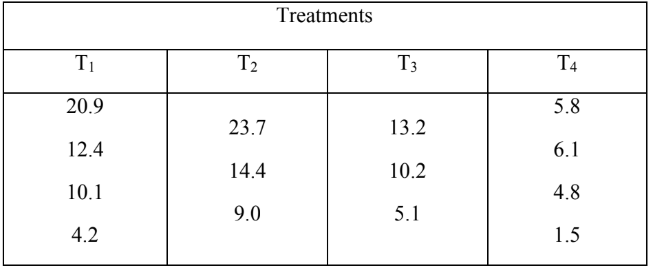CSS Statistics Past Paper 2017
PART-II (Subjective) 80 Marks
Attempt ONLY FOUR Questions from PART-II by selecting TWO questions from EACH SECTION. (20×4)
PART-II
SECTION – A
Q. No. 2 (a) Suppose a set of observations has mean X̄ and variance s2. What happens to the
mean and variance if each score is divided by s and then X̄ is subtracted from each quotient? Is the result same if you first subtract X̄ from each score and then divide the difference by s?
(b) Calculate
(i) S. D
(ii) Coefficient of variation
(iii) Coefficient of Skewness and discuss the result from the following weekly wages of 300 workers.

Q. No. 3 (a) If the probability that an individual suffers a bad reaction of a given serum is 0.001, determine the probability that out of 2000 individuals (a) exactly 3 and (b) more than 2 individuals will suffer a bad reaction. Find the answer using both poisson and the binomial distributions.
(b) A random variable to assume the value 1 with probability p, with probability q = 1 – p. Prove that (a) E(X) = p and (b) E[(X – X̄)2]
(c) An experiment consists of drawing three cards in succession from a well- shuffled ordinary deck of cards. Let E1 be the event “king” on the first draw, be the event “king” on the second draw, E2 be the event “king” on the third draw. State in words the meaning of each of the following:

Q. No. 4 (a) What is a regression model? Write the assumptions made in a linear regression. Also, prove and comment on the unbiasedness of regression estimates.
(b) Calculate the coefficient of correlation by the method of least squares for the following paired values of X and Y variables. Also, verify that this value of r is the same as that obtained by Pearson’s formula.

Q. No. 5 (a) Discuss time reversal test and explain the factor reversal test.
(b) Per capita income of a person from 1980-81 to 1986-87 and the consumer price index with 1980-81 as the base year are as follows:

Find real wages and real income indices.
Q. No. 6 (a) What is the difference between population census and vital statistics? What are the various uses of vital statistics for a country?
(b) The population and its distribution by sex and number of births in a tehsil in 1991 and survival rates are given below:

From the given data, calculate:
(i) General fertility rate
(ii) Age-specific fertility rate
(iii) Total fertility rate
(iv) Gross reproduction rate
(v) Net reproduction rate
Assuming no mortality.
Q. No. 7 (a) Given the following data obtained from a completely randomized design with four treatments, analyze the given data and draw a conclusion about the equality of treatment effects.

(b) Give the statistical model for a completely randomized design with one observation per unit.
(c) What is the role of randomization in the process of experimentation? Discuss and define experimental error. What factors are responsible for determining the number of replications?
Q. No. 8
(a) A random sample of 100 workers on a farm took an average of 14 minutes to complete a task. A random sample of 150 workers on another large farm took an average of 11 minutes to complete the task. Can it be assumed at the 1% level of significance that the average time taken by the workers in the two farms is the same, if the S.D. of the workers of the first farm and second farm are 2 minutes and 3 minutes respectively?
(b) Describe the general procedure for testing a hypothesis about a difference between population means, when sample size is large.
(c) Distinguish between:
(i) Sampling error and non-sampling error
(ii) Sampling with replacement and without replacement
(iii) Probability and non-probability sampling
